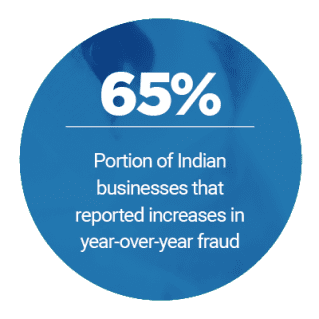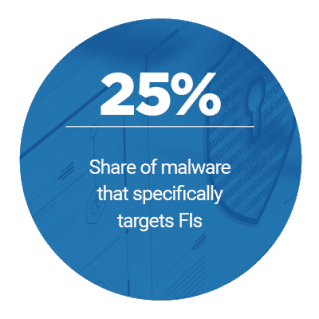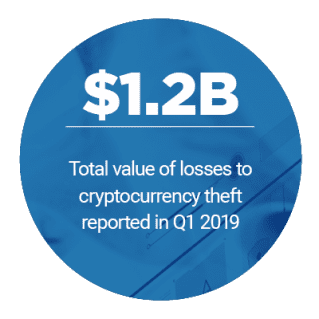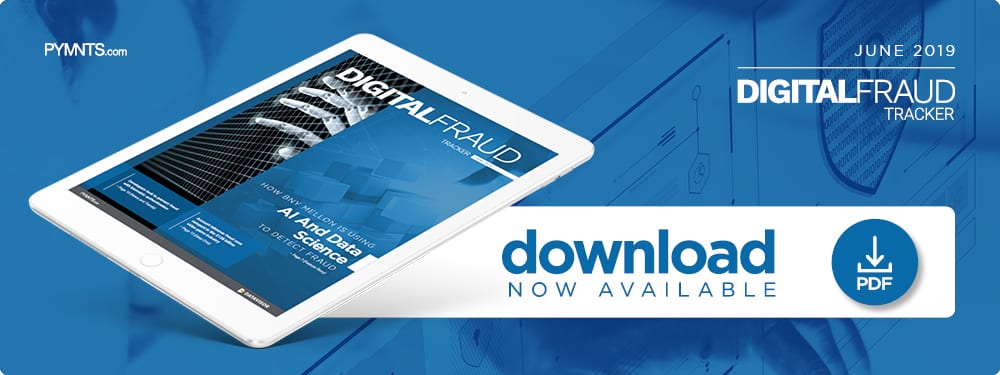BNY Mellon’s AI Fix For Reducing False-Positives

With 83% of consumers in the U.S. owning laptops and 91% owning mobile devices, there’s never been greater opportunity for digital fraud. Total losses due to fraud were a staggering $4.2 trillion in 2018, or slightly less than the gross domestic product (GDP) of Germany.
One of the most insidious forms of fraud is account takeovers (ATOs). As consumers are justifiably apprehensive about handing businesses their personal information, providers are implementing technologies, such as biometrics and two-factor authentication (2FA), to counter the threat of ATOs. Corporations must work to retain their trust, lest they lose customers to more secure competitors.
In the June “Digital Fraud Tracker,” PYMNTS explores phishing attempts, dark web marketplaces and how technologies like biometrics and artificial intelligence (AI) are changing the digital security landscape.
Developments Around the Digital Fraud World
A recent study found that social media networks have become an increasingly popular way for hackers to target new victims. Social media-related attacks have increased by 43% over the past year, with active users being 30% more likely to become victims of fraud. Social media networks also give fraudsters safe ways to communicate with one another, while making them look legitimate to their victims.
Many developers are turning to advanced technologies like biometrics to keep their programs safe for users. For instance, more than 63% of all smartphones manufactured in 2017 incorporated some type of biometric authentication, and it’s likely that this trend will continue to grow, as fraud shows no sign of letting up.
Another fraud-fighting technology growing in popularity is AI. Developers are using AI to perform advanced data analytics on millions of user accounts simultaneously, to detect suspicious connections between malicious accounts — even those that mimic legitimate users, or attempt to avoid suspicion by going dormant. While human analysts can only monitor a handful of accounts at once, AI can capture a much wider view to detect entire crime rings at once.
For more on these and other digital fraud developments, download this month’s Tracker.
How BNY Mellon is Using AI and Data Science to Detect Fraud
Fraudsters cause the banking industry $31 billion in losses annually, a number expected to only increase in the coming years. However, with banks processing millions of transactions daily, it leaves human analysts hopelessly outmatched in identifying bad actors.
In this month’s feature story, Joseph Sieczkowski, head of technology architecture and data at BNY Mellon, discusses how the bank invests in AI and data analytics to better identify legitimate fraudulent transactions and effectively fight cybercrime.
Deep Dive: How ATOS are Affecting the $138B Gaming Industry
Digital fraud is rampant in many industries, but one of the more acute cases is in the video game industry. Popular gaming site Steam reported that more than 77,000 ATOs occur on its platform each month, while a recent study by gaming research firm Newzoo found that one in five gamers have been victims of payments fraud.
This month’s Deep Dive explores how hackers are swindling online gamers, and what developers can do to combat fraud.
About the Tracker
The “Digital Fraud Tracker,” powered by DataVisor, offers a monthly look at the latest data, news and trends surrounding fraud and cybersecurity.
